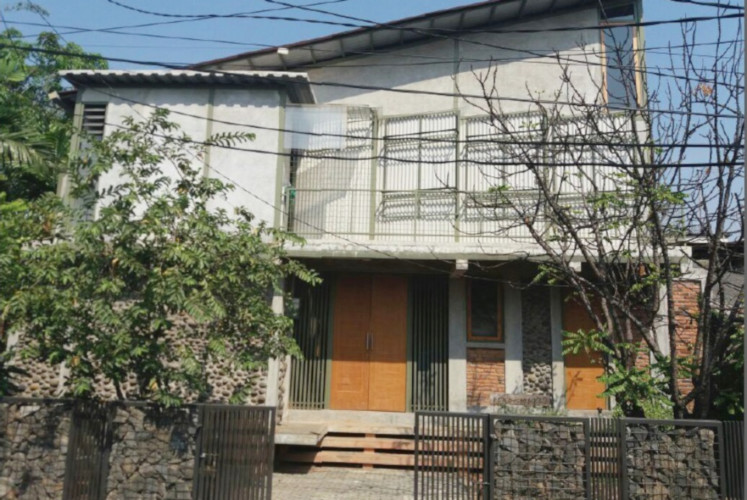Can architecture save people from disaster?

Credit to Author: hniitsu| Date: Mon, 07 Jan 2019 03:40:44 +0000
JAKARTA — Back in August 2018, the island of Lombok in West Nusa Tenggara (NTB) was hit by a series of earthquakes that destroyed more than 32,000 houses, as reported by kompas.com.
However, a number of traditional wooden houses in Senaru village and Batu Layar district were left unharmed despite being rocked by a 7.0-magnitude quake. Indriyatno, a lecturer in the forestry department at Mataram University in West Nusa Tenggara, told tempo.co that the locals had actually inherited cultural wisdom about living on the ring of fire by adapting to their environment.
The need to live harmoniously with nature was also voiced by Indonesian architect Yu Sing from Studio Akar Anomali (Akanoma). In a public lecture held during the Indonesian Cultural Congress in December last year, the architect stressed the importance of constructing disaster-sensitive building using natural resources that connect to nature.
“It depends on the disaster, but the point is how we perceive it,” said Yu Sing about the standard of disaster-sensitive buildings on Friday, Dec. 7, at the Education and Culture Ministry in Central Jakarta. “Buildings should be relatively able to withstand disasters or, if they are damaged, they won’t kill any people inside.”
Yu Sing pointed out an example of traditional houses that are synchronized with their environment, for instance the stilt houses in flood-prone areas. Meanwhile, the houses in areas where earthquakes frequently occur are made of flexible materials.
Akanoma Studio has completed various eco-friendly projects, one of them is a water-sensitive house in Kelapa Gading, North Jakarta. Kelapa Gading used to be water absorption area, but now it has turned into a residential area and shopping destination. Inspired by Si Pitung’s wooden stilt house, the water-sensitive house has space underneath for water in case of flooding or heavy rainfall.
The studio’s headquarters in Padalarang, West Java, was designed to be close to nature as well by the installment of a mini forest and the integration of its work space into its surroundings.
“We use bamboo a lot, hence we also plant it around our studio. It’s not enough for us though, but we want to convey the realization [of preserving nature],” said Yu Sing.
The use of natural resources as construction materials may still raise questions about their durability, especially when dealing with disasters such as earthquakes or flooding. For Yu Sing, who is an alumnus of Bandung Institute of Technology (ITB) in Bandung, West Java, technology can help such materials to last, for instance by improving the quality of low-grade wood.
It is also necessary for people to recognize the materials to be able to maintain them and use them according to their function.